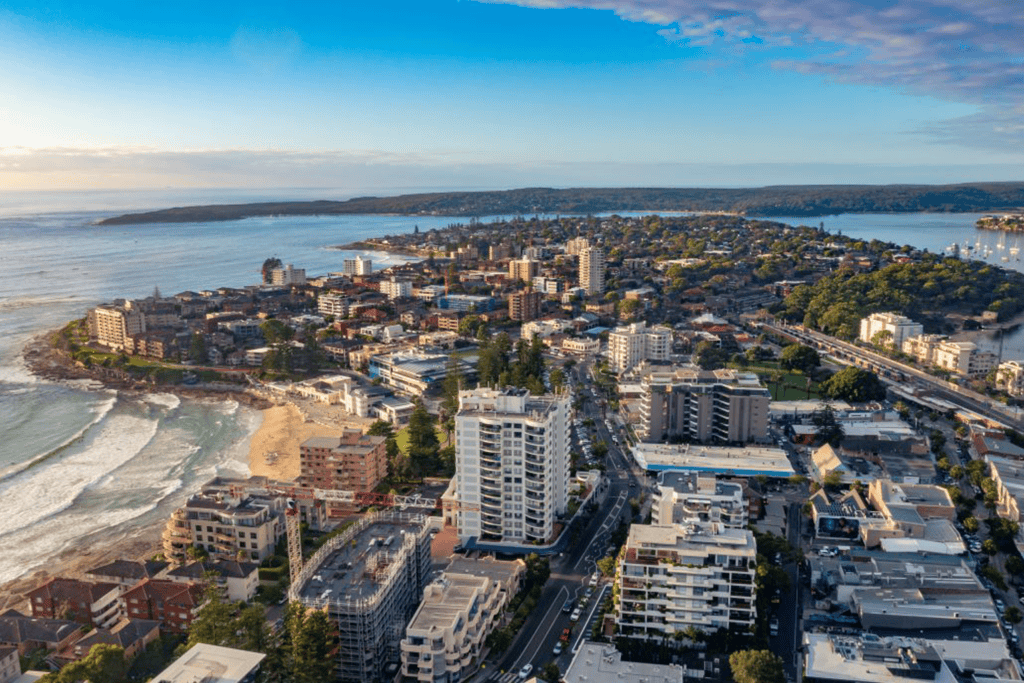Investment bank Credit Suisse reckons Australians are cutting back their spending and increasing their savings, which is not good news for the economy.
Consumption is the largest part of the domestic economy and if that tap is tightened, the knock-on effect will be substantial.
“Supposing that residential investment flattens out at a high level, and that infrastructure investment growth slows, it is very hard for us to see where above-potential growth will come from,” Credit Suisse analyst Damien Boey says in his report, Household saving set to climb in 2018.
Bare bones
“We have constructed a savings rate model based on net wealth, credit availability and minimum principal payments on amortising mortgages.
“Our framework suggests that household saving is barely covering minimum mortgage principal payments, with the saving rate roughly 2% too low relative to fundamentals. A further 1.5% upside is possible on the back of tighter lending standards and falling house prices.
Household saving is barely covering mortgage payments

“Should the savings rate rise by 3.5% over the next year, it will be very hard to achieve strong consumption growth, even if we assume jobs growth continues at a 4% per annum pace, and real wages growth picks up a little.
“It is even harder to see inflation returning back to the Reserve Bank of Australia’s target band [of between 2% and 3%] over the next few years. Therefore, we still see room for rate cuts.”
Under pressure
Another investment bank, UBS, says Australian households are under more financial strain than previous official figures showed.
The earlier calculations left off the debt held by self-managed super funds, but UBS says that adding this in makes the household debt to disposable income ratio almost 200%, which is one of the highest in the world.
This recalibration increases total household liabilities by about 3% to $2.47 trillion.
The Australian Bureau of Statistics (ABS) confirms that the average household debt has almost doubled since 2003–04 to $169,000 in 2015–16, an increase of $75,000.
“Around one in four households with debt – 27% – had debt equal to three or more years’ worth of their disposable household income in 2015–16,” ABS Chief Economist Bruce Hockman says.
“A further 2% of households held debt equal to three-quarters or more of the value of their assets. Based on either of these comparisons, about 29% of households with a debt in Australia are considered to be ‘over-indebted’.”
Household debt to disposable income

The proportion of households holding debt has remained almost unchanged at 74% in 2015–16 compared with 73% in 2003–04 and much of this is in mortgages.
Less appetite for lending
UBS analysts Jonathan Mott and Rachel Bentvelzen told clients in a note: “Pricing data from CoreLogic continues to show that the housing cycle has turned.
“Home values in Sydney are continuing to slide in January, down 3% from their September highs, while Melbourne has now peaked. We expect weakness to continue.”
Credit Suisse said the savings rate may rise even further as households not only repay mortgages but also adjust to more price falls in the housing market and less of an appetite among the banks to lend money.
Loan approvals and credit conditions index

This is borne out by Credit Suisse’s credit conditions index, which indicates loan approvals will continue to fall over the next six months.
So, the pressure is certainly on Australian households to save more to dig into the volcano of debt that is threatening to blow its top.
Let’s hope the volcano slowly collapses instead of blowing us all up.




